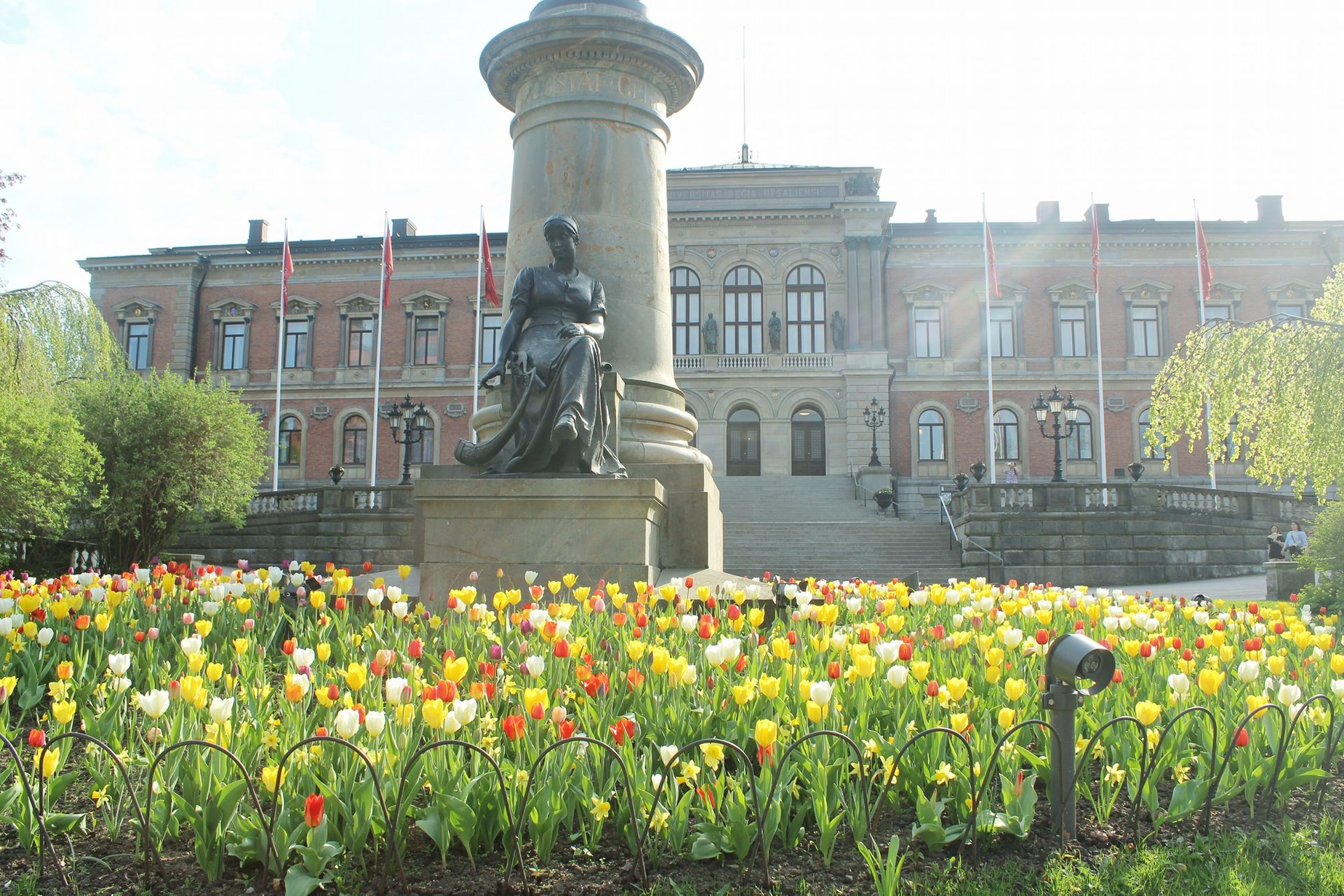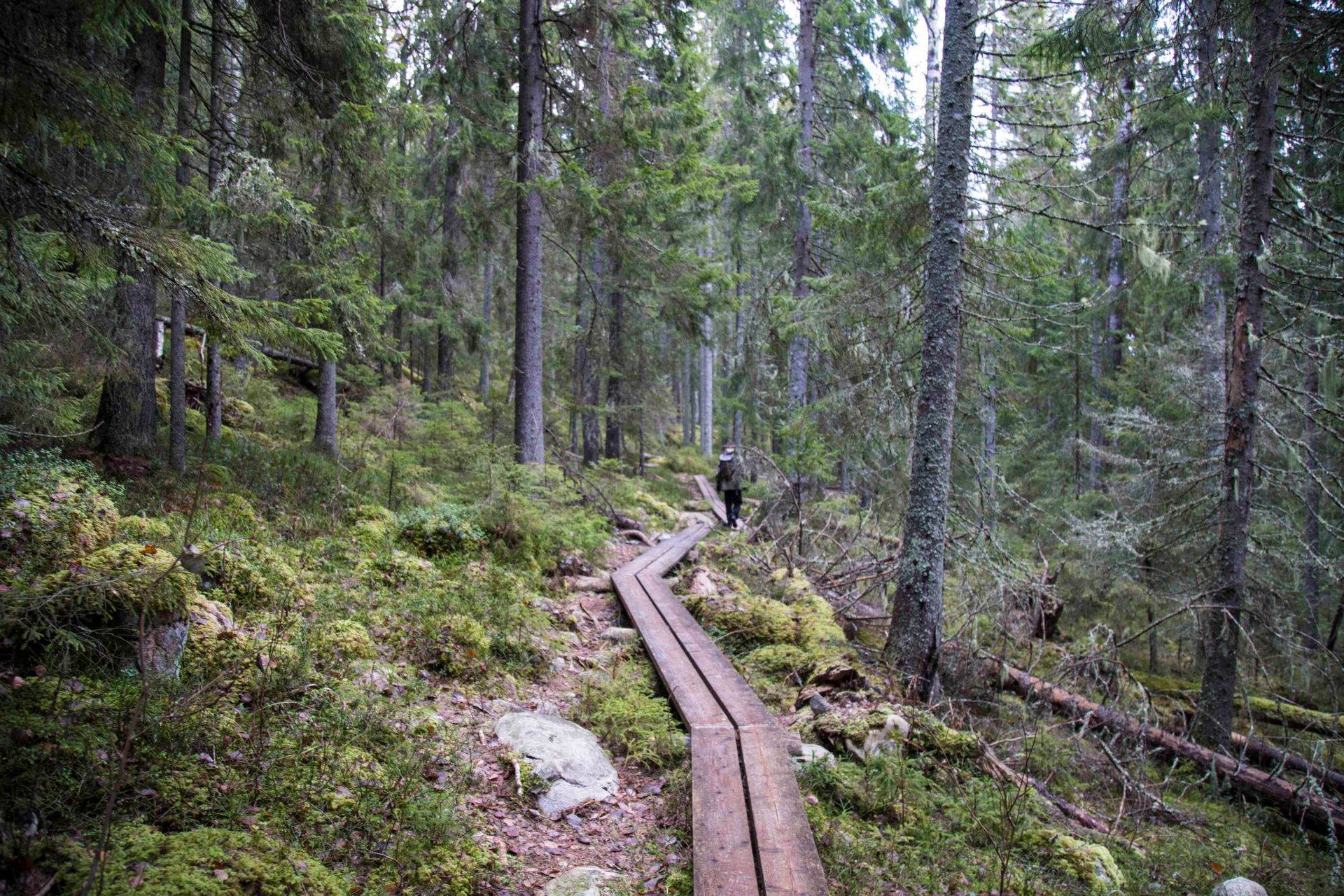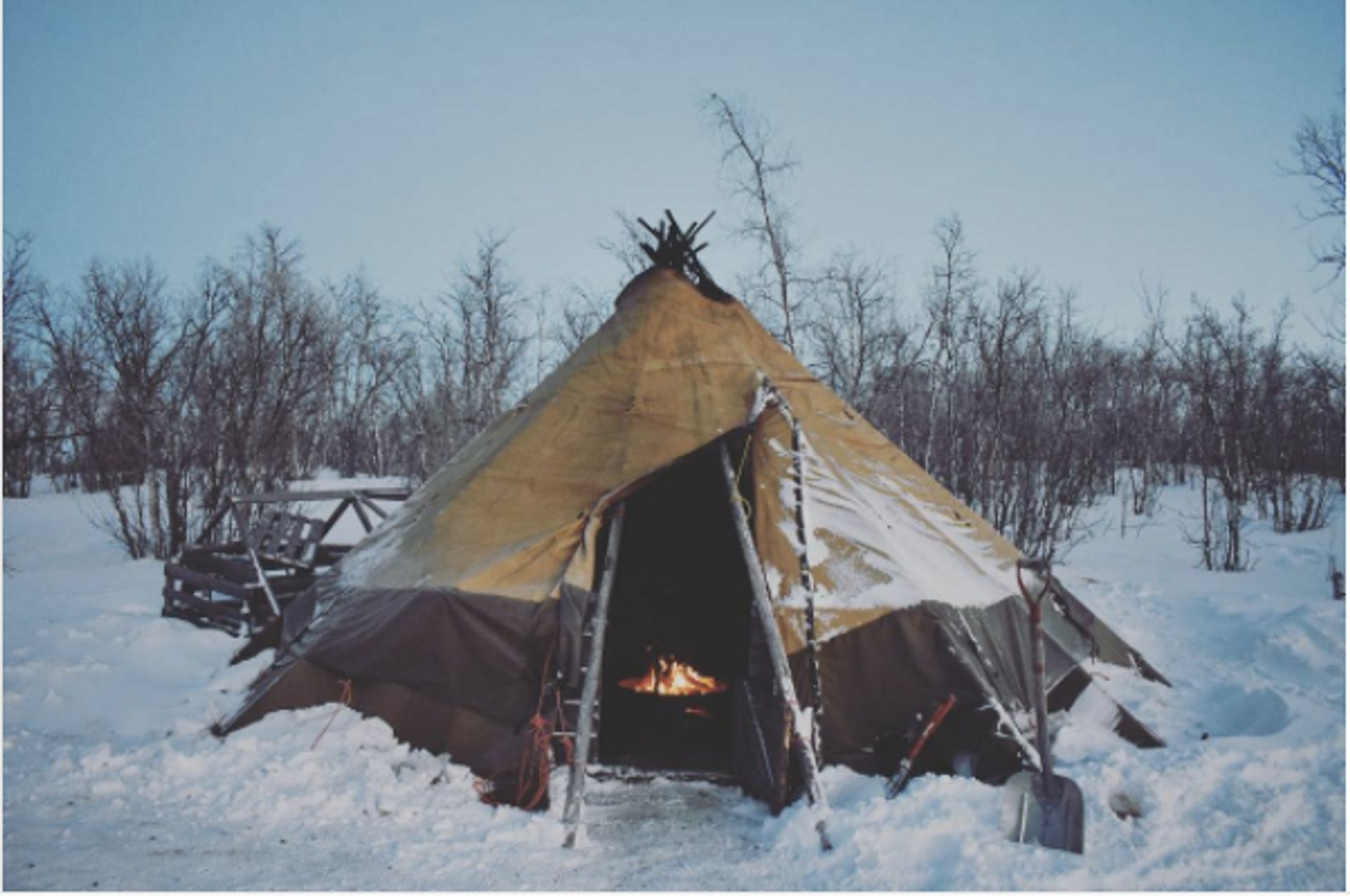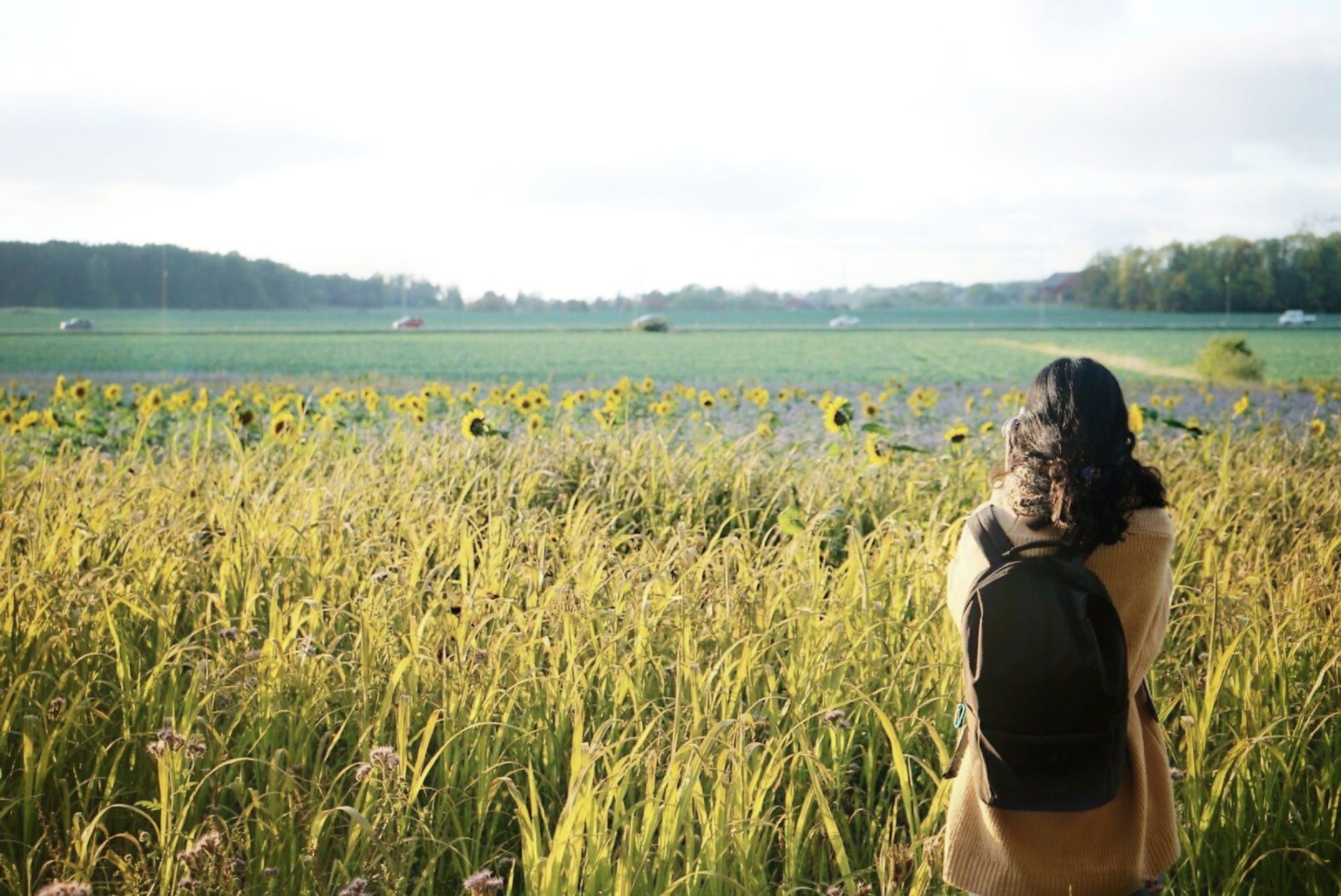
Written by Yen
19 Feb 2019
With the curiosity of a starry-eyed newcomer, I looked up the sign of a man in a blue circle that I stumbled upon while roaming the wild of Uppsala. It says Linnéstig. Little did I know that I have found a time capsule or sort. I was following the same steps on the botanical excursions that Carl Linnaeus and his students made nearly 300 years ago, exploring the fauna and flora of Uppsala. By following the instruction on the mark, a layperson like me can experience a tour over Uppsala, guided by the Prince of Botanists – himself.
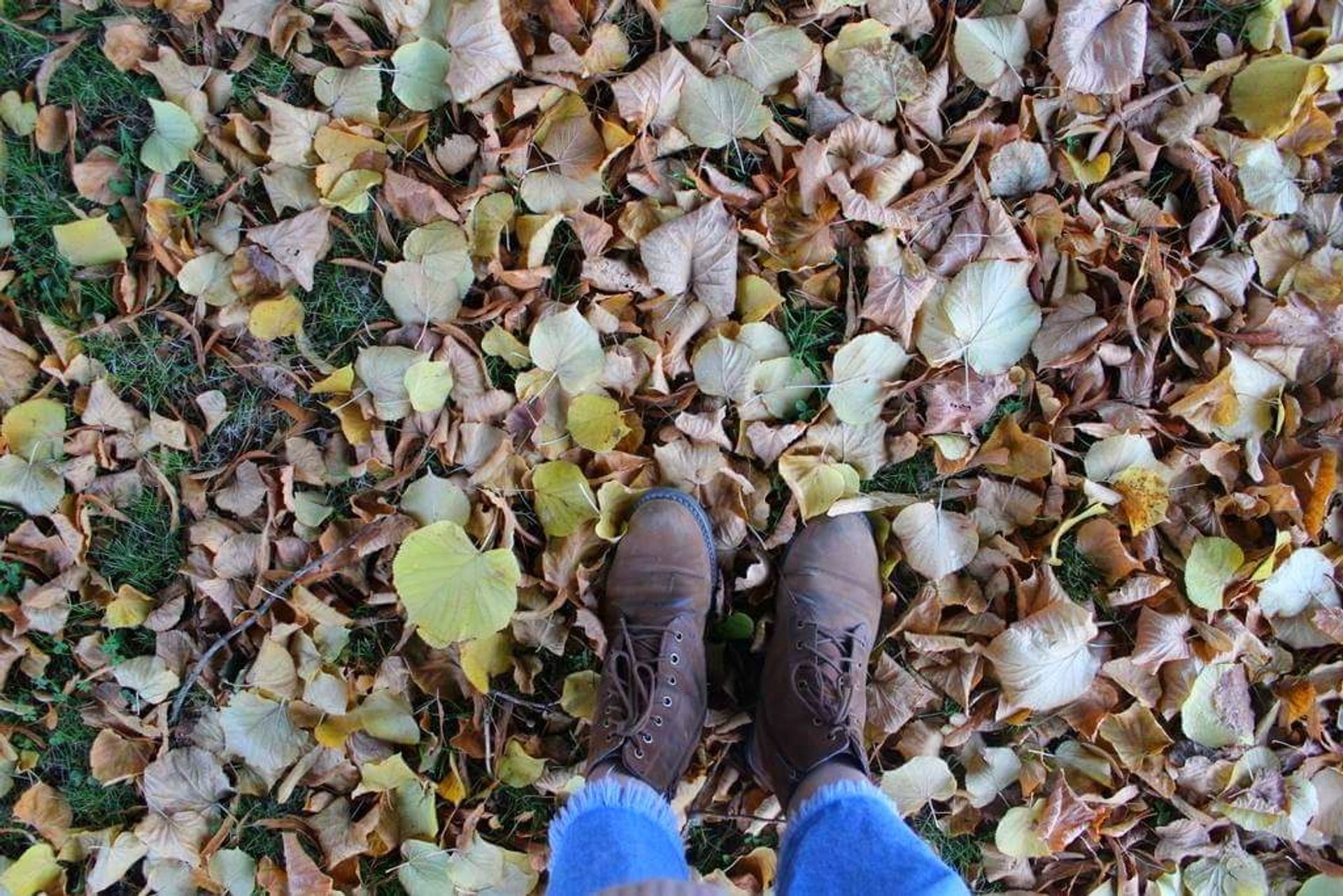
Carl Linnaeus – Prince of Botanists
Carl Linnaeus (1707 – 1778) is one of the most famous Swedish scientists living in the 18th century. He is known as “the father of taxonomy” who formalized the modern system of naming organisms. During his time living and teaching in Uppsala University, he conducted several popular lectures in the Botanical Garden and even more famous are his excursions every Saturday during summer, where he and his students walked around Uppsala in different pathways, gathering plants, catching insects and birds to explore and document its rich ecosystem.
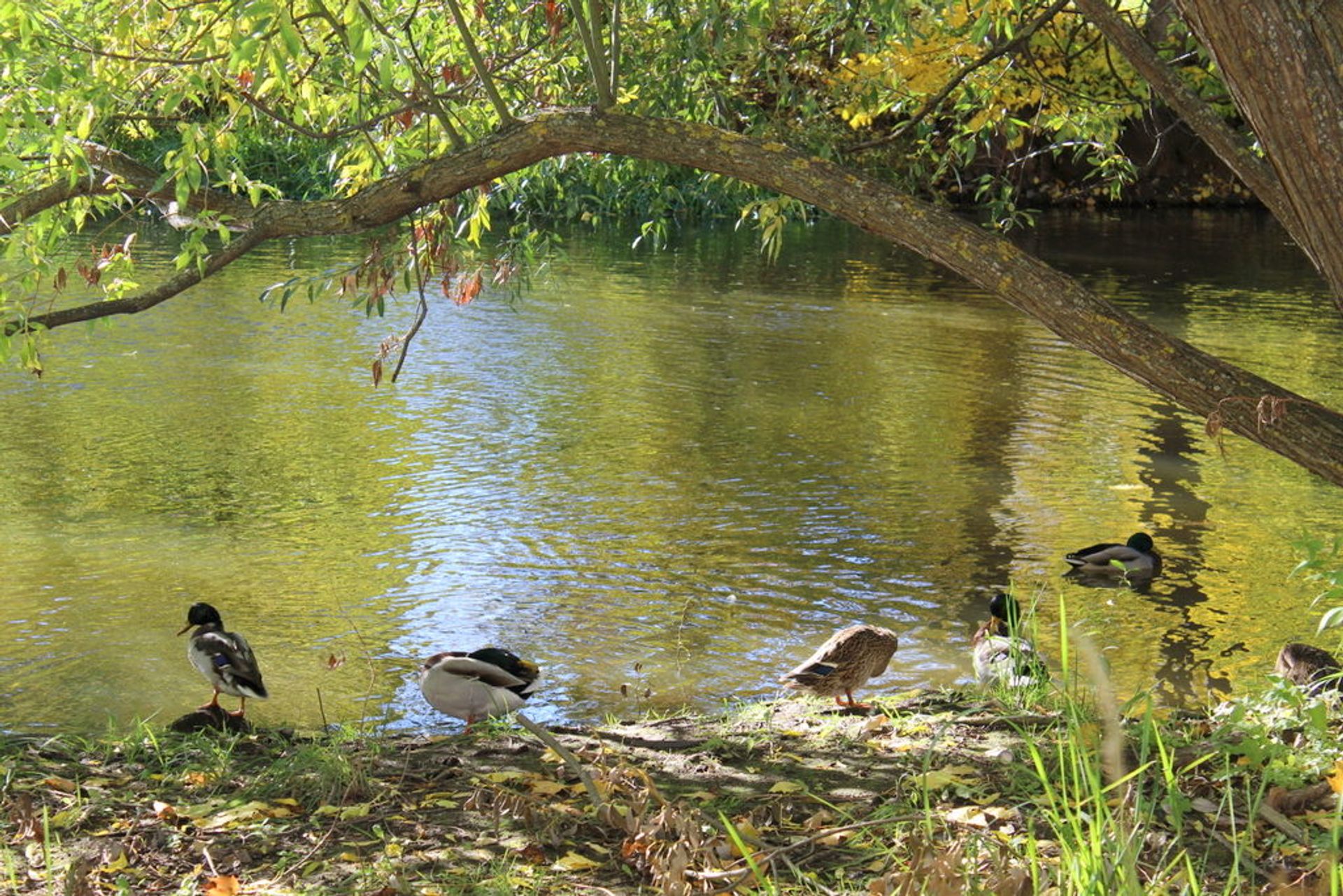
A leap back in time to become Linnaeus’s students and Uppsala’s explorers
Sweden has a lot to offer any true lover of nature, with more than half of its land area covered in forest. The lure of nature also presents in the way local communities encourage people to enjoy outdoor activities with a deep appreciation for the rich treasures of their homeland. Linnaeus trails in Uppsala are one of these precious attempts, which makes Uppsala’s beautiful nature even more appealing and definitely worth every second of your beautiful weekend. There are 8 trails which you can choose to explore Uppsala in Linnaeus’ way: Danmark, Gottsunda, Vaskala, Jumkil, Utuna, Håga, Husby Trail and Gamla Uppsala.
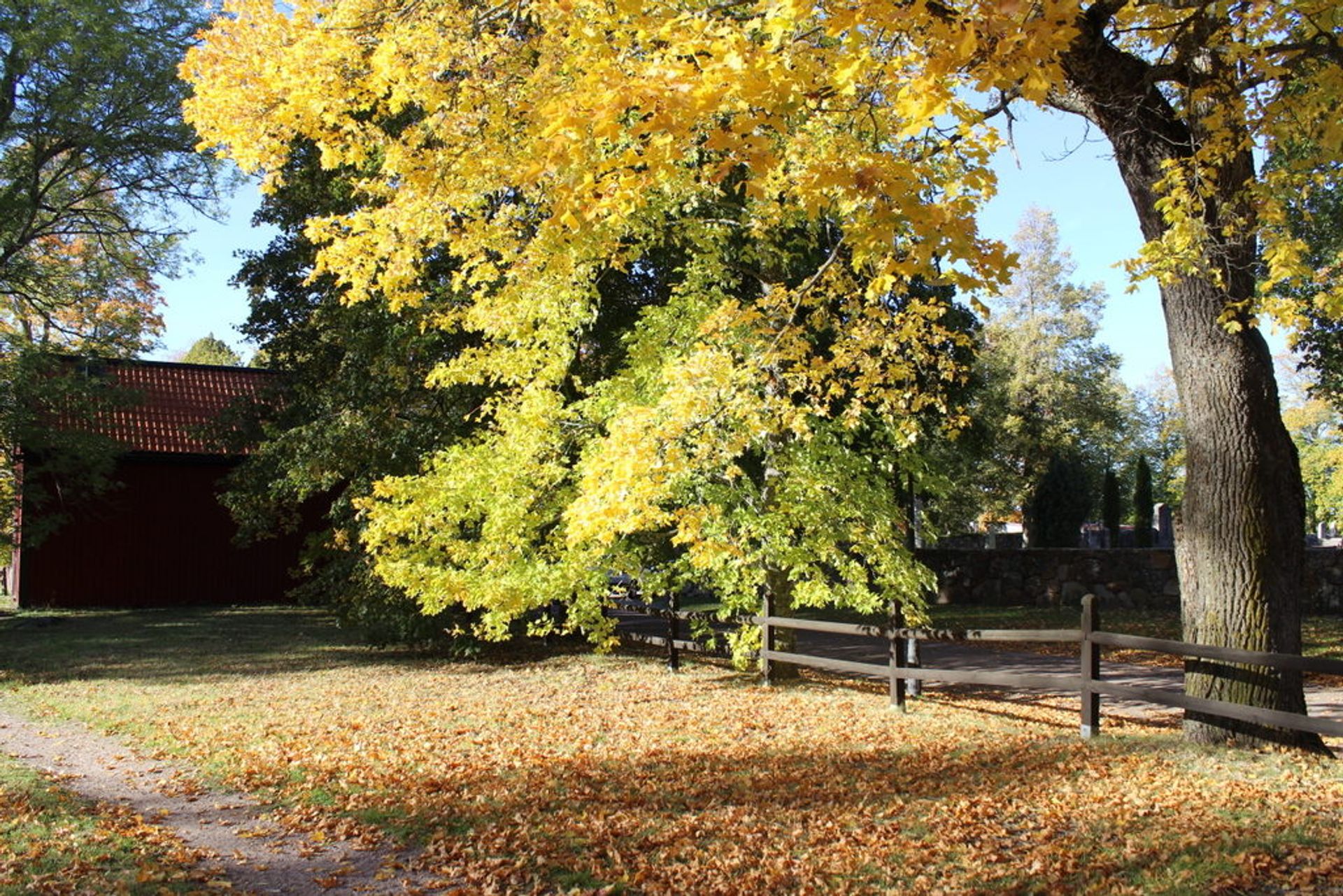
“Following the blue markers!” That’s all you need to be taken to several Uppsala’s beautiful landscapes just a few steps away from the city centres. What is even better than a walk with tranquillity? – It’s a walk with stories and information that encourage you to step faster, to look further and to enjoy the beauty of the history and nature! Just by reading the information and dialling the number displayed on the sign, you become members of a “guided tour”, following Linnaeus and his students in their journey pursuing the expansion of human knowledge.
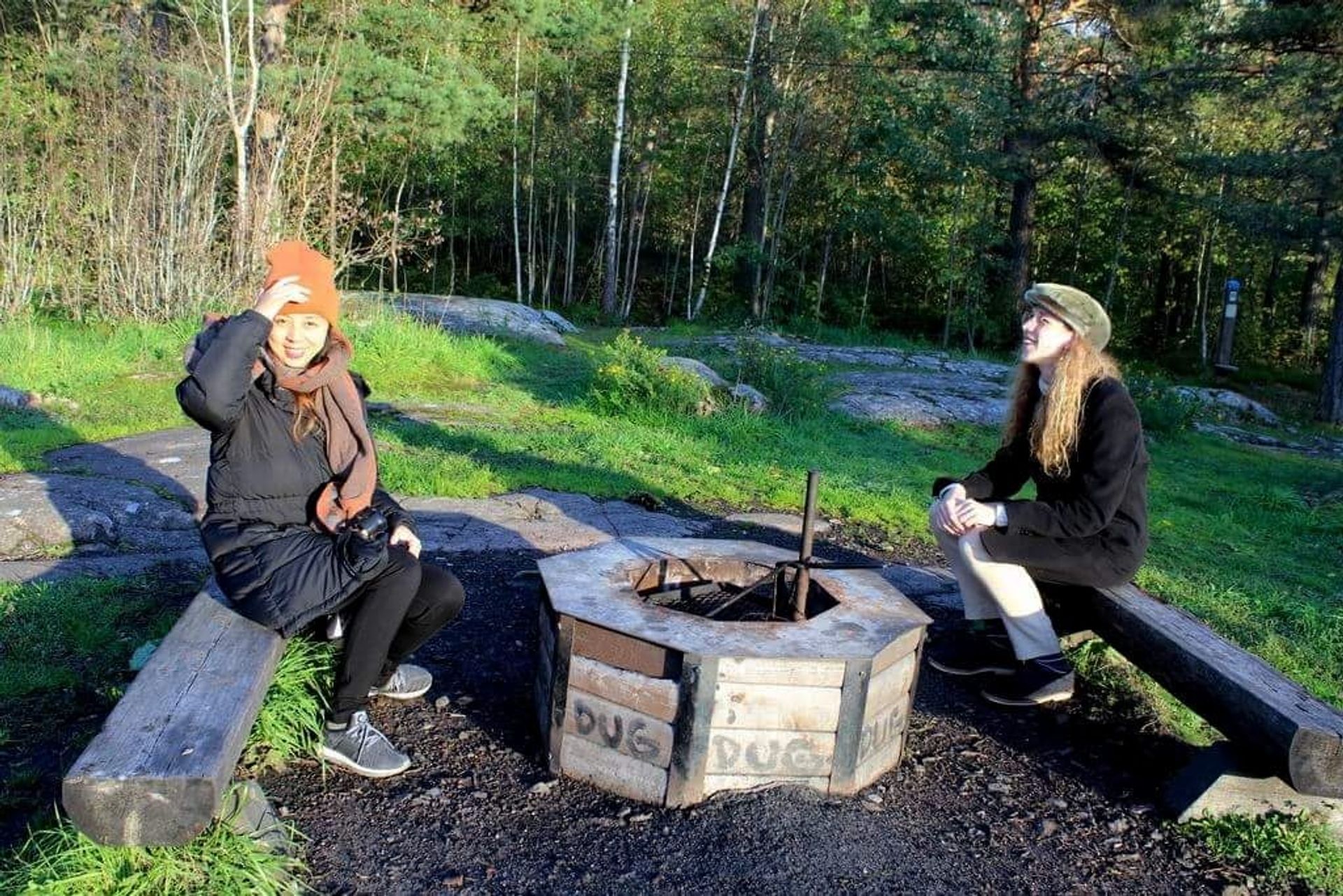
I guess that’s the pure magic of nature when it is properly reserved and respected, the beauty remains no matter how many years have gone. Isn’t it the nature which has the power to connect us through all generations, something that even the most modern technology would fail in its attempt to recreate?
Tips to get the best out of your natural curiosity
- The best time of the year to explore Linnaeus ‘s trails is the summer. It was also in June where the original excursions were held by Linnaeus. However, you can explore these trails during any time of the year. One aspect of Swedish spirit is being able to enjoy the outdoors no matter which time of the year!
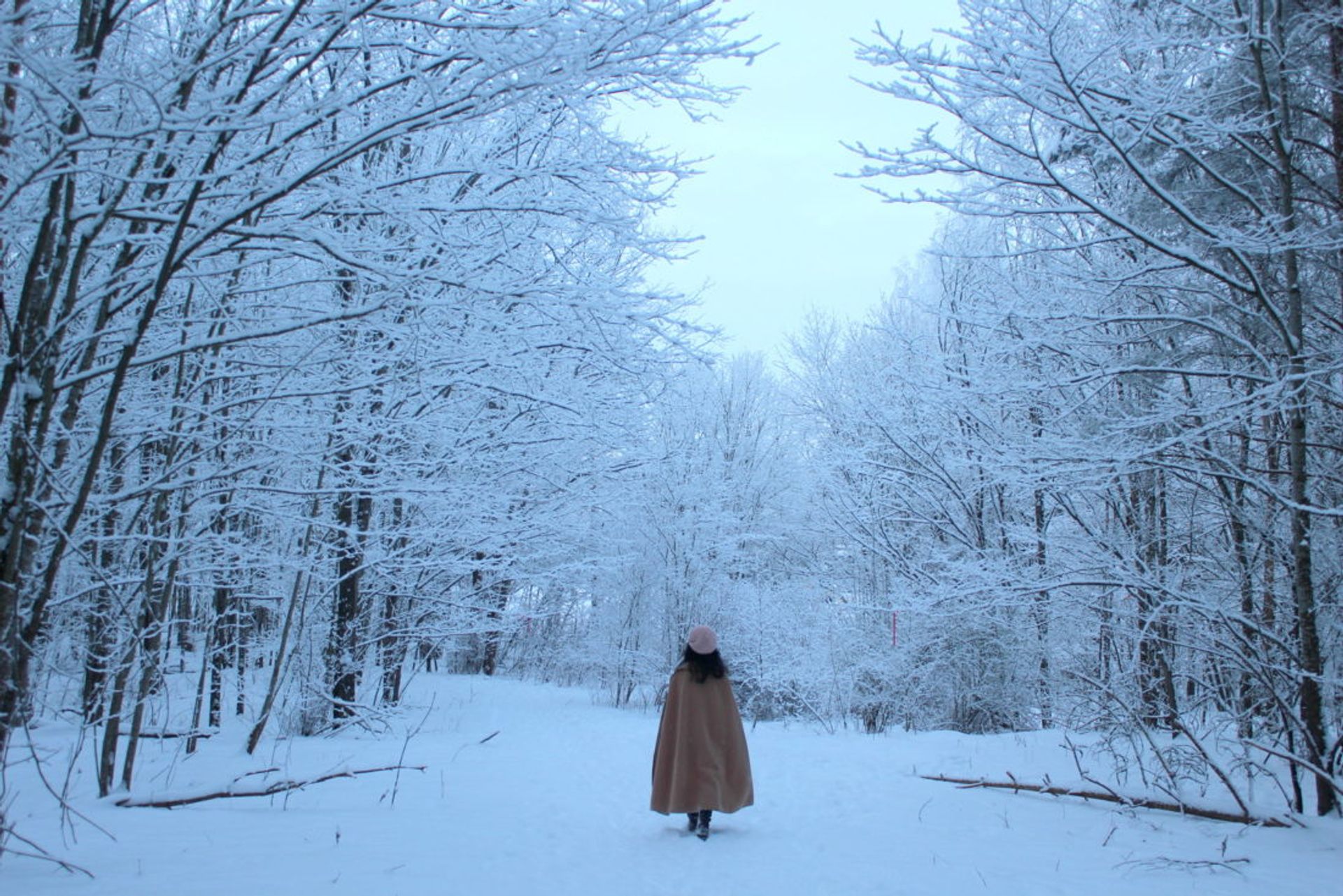
- Do check on the Linnestigarna ↗️ before every journey for some practical information such as the length of the trails/ bus direction. You can cycle in most part of the excursion, or simply slow down to walk and enjoy the tranquillity of Uppsala nature.
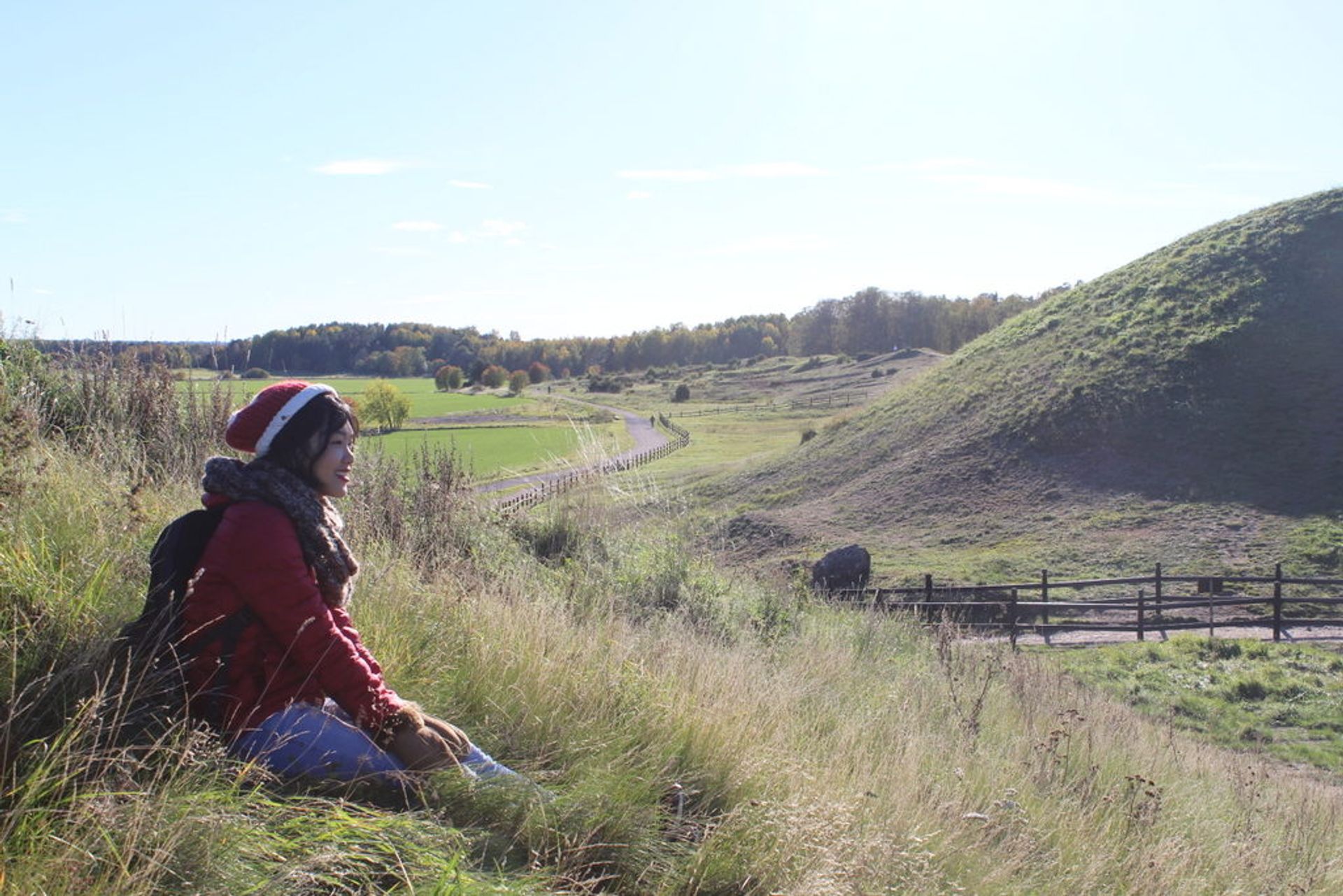
- Do bring your phone (with GPS). You will need your phone to contact Linnaeus along the way, so he can ensure you have as much information as your fellow explorers!
- If you are thrilled for some adventurous treasure hunts, go for Ultuna Trail, the Håga Trail, the Husby Trail and the Gamla Uppsala Trail. Do mind the folders on the path if you want to know what’s waiting for you at the end of the hunt. You can pick up a folder at Biotopia or simply download the digital version from the Linnestigarna website.
- If historical events and local lore are more of your cup of tea, go for the Danmark, Gottsunda, Vaksala or Jumkil trails.
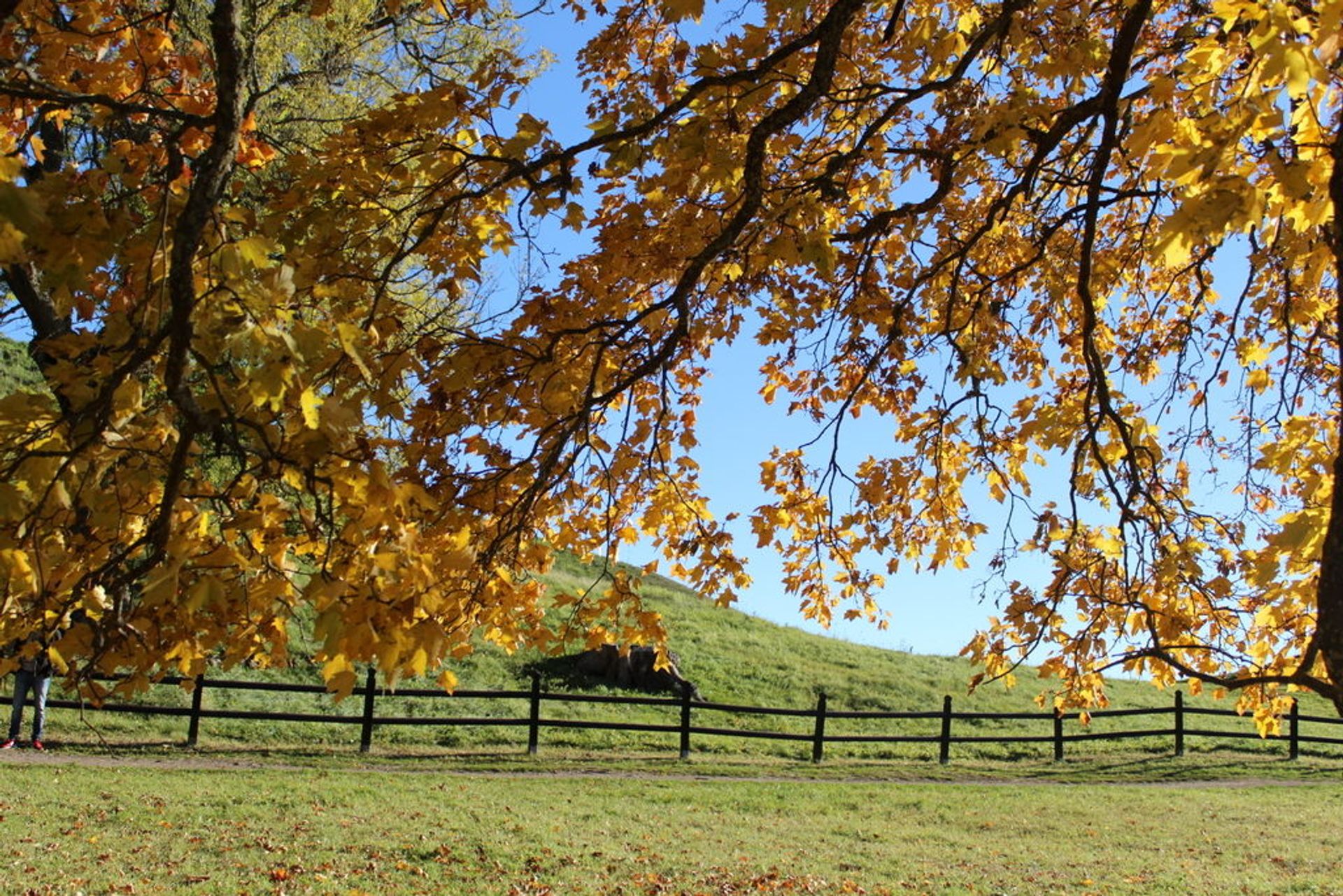
I hope these trails can spark the beginning of your adventure in Swedish nature, in the same way that they once inspired Linnaeus‘ students in the 18th century, who later became adventurers themselves, travelling around the world to contribute to humanity’s collective knowledge of nature.
